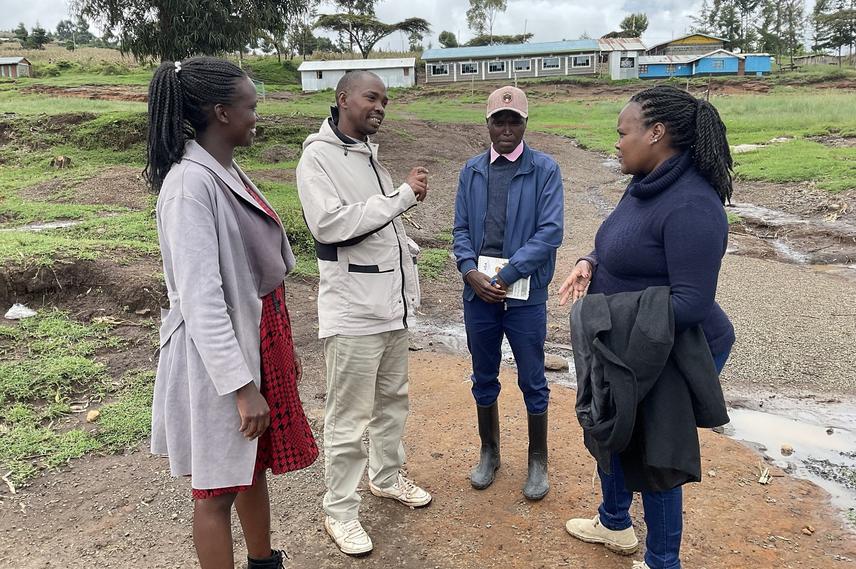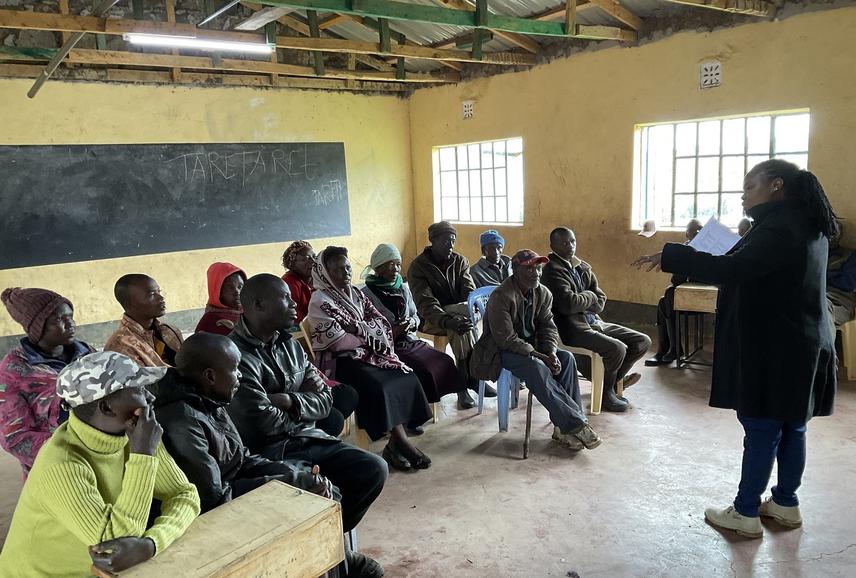Betty Rono
The Mau Forest Complex (MFC) is one of Kenya’s most significant biodiversity hotspots, supporting a wide array of wildlife species, some of which are vital to regional ecological balance. Changes in wildlife dynamics within this forest, such as fluctuations in species abundance and behaviour, play a crucial role in shaping the forest’s overall health and resilience. Conservation efforts in MFC have long prioritized forest preservation, but the influence of wildlife on maintaining this ecosystem remains central to its sustainability. As wildlife populations shift due to environmental pressures and human activities, these changes impact not only the forest’s ecological stability but also its capacity to support the communities that rely on it.
This project seeks to deepen the understanding of how wildlife dynamics in MFC influence both forest conservation and human well-being. Using camera traps, the study will gather real-time data on wildlife presence and population trends, providing valuable insights into species that are critical to forest regeneration and ecosystem services. This wildlife data will be correlated with human perceptions of Nature’s Contributions to People (NCP), collected through previous social surveys. The aim is to investigate how changes in wildlife populations directly affect local communities’ access to material resources like food, wood, and medicine, as well as non-material benefits such as psychological well-being and cultural values tied to the forest. By doing so, the study will highlight the interdependence between healthy wildlife populations, forest conservation, and the well-being of Indigenous Peoples and Local Communities (IPLC).

Engaging in a productive discussion with our local field assistants to collaboratively outline the next steps for advancing our project goals. ©Betty Rono.
Moreover, this research will address how human activities, including settlement and resource extraction, are affecting wildlife populations and, consequently, the forest’s ability to continue providing essential NCP. The findings will contribute to more holistic conservation strategies that integrate species protection with community needs, ensuring that forest conservation supports both wildlife preservation and the livelihoods of those who depend on it. Ultimately, this project aims to provide critical insights for species conservation efforts, demonstrating how safeguarding wildlife dynamics can enhance both ecological and human outcomes. It also has broader implications as a model for integrating wildlife conservation into NCP frameworks globally.

Community members gather in the Mau Forest Complex to discuss Nature's Contributions to People (NCP), bidoversity conservation, and sustainable governance. ©Betty Rono.
Header: Majestic view of the Mau Forest, a critical biodiversity hotspot and water tower, home to rich wildlife and Indigenous Peoples and Local Communities (IPLC), sustaining livelihoods and ecosystems across East Africa. ©Betty Rono.